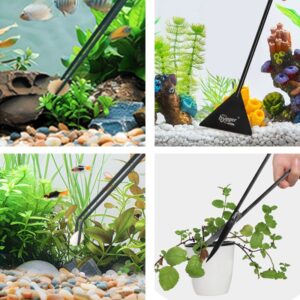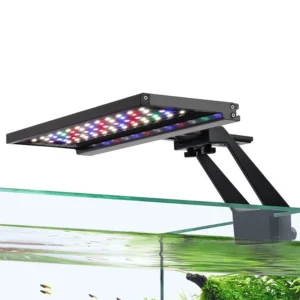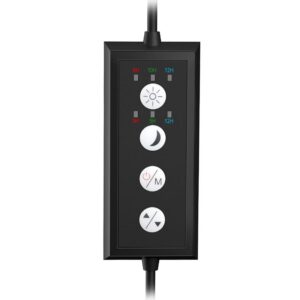The Microsorum Java Fern for Aquariums
You have an aquarium in your home, which is a normal thing, but what makes it a different world altogether matters the most. There is a marvelous range of java fern aquarium plants available that add value to your great aquarium. Did you hear about the Java Fern plant? If not, this blog post is for you. Java ferns are a delightful addition to any aquarium that indulges your aquatic tank with flamboyant greenery and a natural charm.
These java fern plants are especially known for their ease of care and the potential ability to grow in different aquatic conduction. Thus, making them ideal for aquarium enthusiasts of every level. This article will discuss everything related to the Java Fern plant and its planting in aquariums.
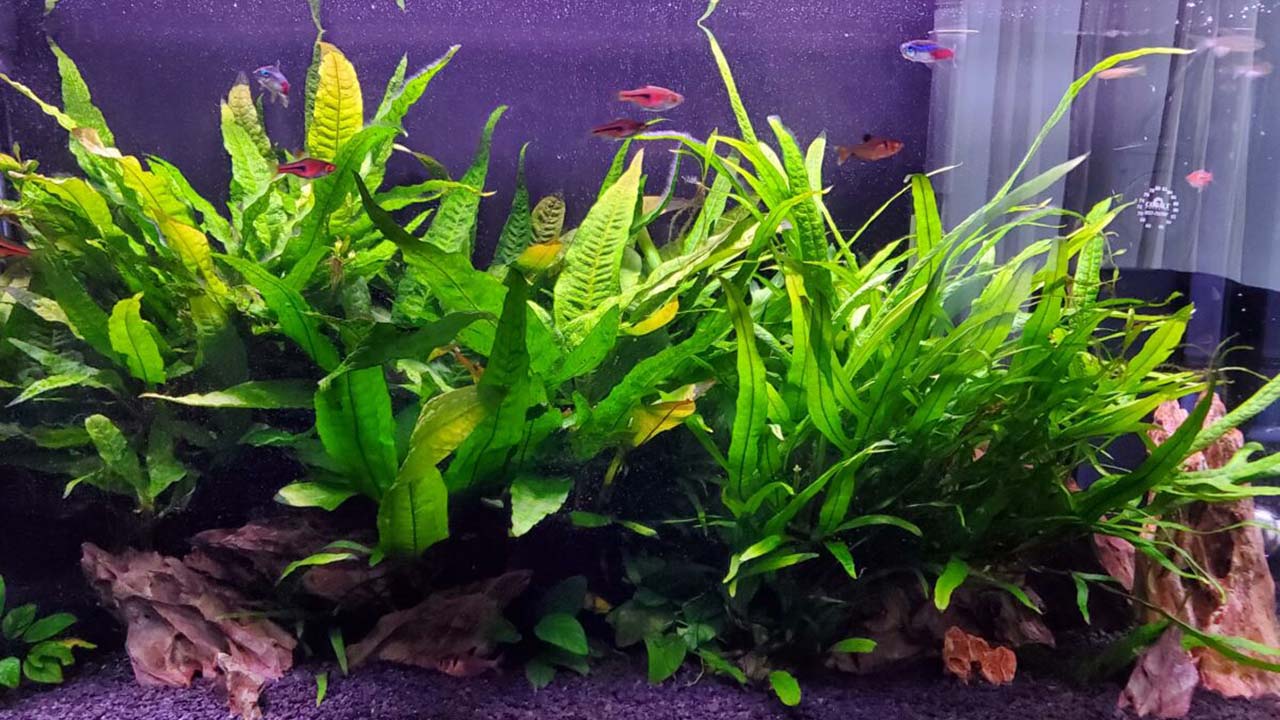
Java Fern Plant
The Java fern is a famous aquatic plant usually used to decorate aquariums and fish tanks. It originates from Southeast Asia and is known to be very persistent in growth and demands very little care. The java fern plant stands thin and has long leaves that are dark green and can grow up to 33 centimeters in length. It is very suitable for beginners, as it can be accomplished in different states of water and lighting.
Java Fern Types
Here are some common types of Java Ferns:
1. Common Java Fern (Microsorum Pteropus)
| The most typically seen type of Java Fern in the hobby industry is the classic one. It has long, narrow leaves with wavy leaf edges and a dark green color. This plant does well in low to moderate light and grows well in a wide range of water parameters. This makes it a promising plant for container community gardens. | 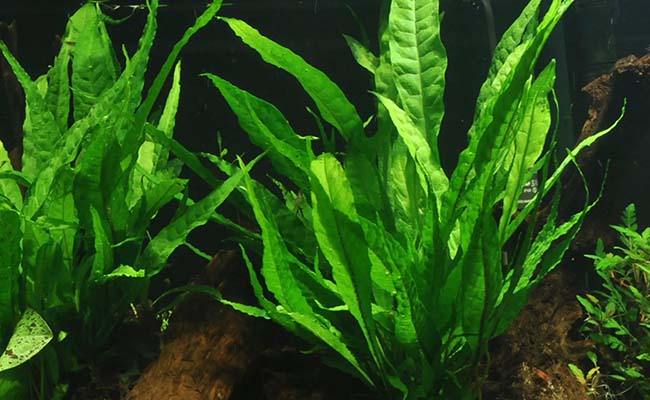 |
2. Cinlon spiny Java Fern (Microsorum pteropus ‘Windelov’)
| The Windelov Java Fern is an interesting variation that exhibits a highly delicate, lace-like beauty. It needs slightly higher lighting and nutrient levels. The numerous shapes and contours of anemones bring an air of delicacy and sophistication to an aquatic design of any kind. | 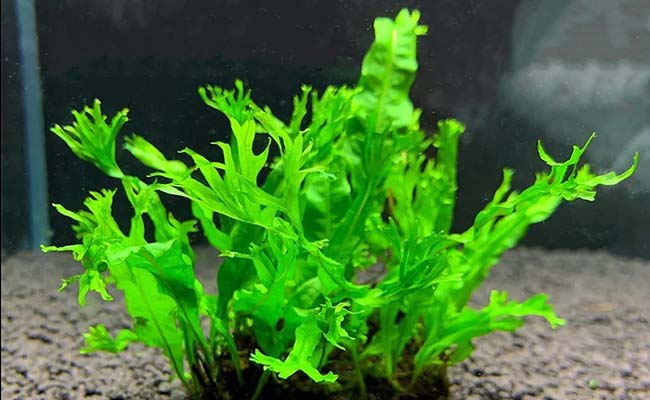 |
3. Needle Leaf Java Fern (Microsorum pteropus ‘Needle Leaf’)
| It is an improperly balanced, high-yielding variety that needs ample light and frequent fertilization. Such a Java Fern may establish itself as a very striking element in an aquarium environment that has an imposing shape and long, narrow leaves. | 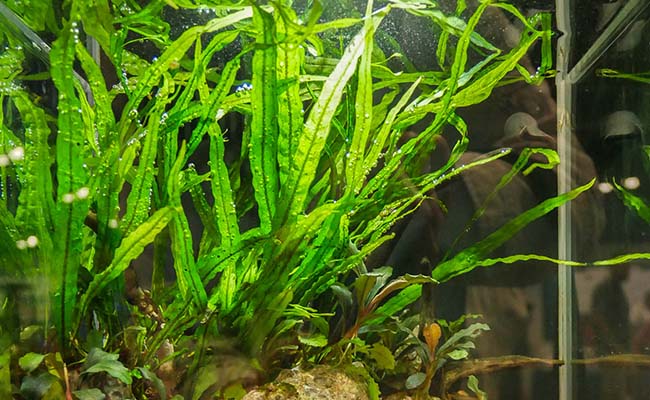 |
4.Trident Java Fern (Microsorum pteropus ‘Trident’)
| This is a Trident Java Fern that comes with three intervals as well as three lobes, making it look like a trident that you can see easily. It is an adaptable plant that can thrive in different water levels and lighting intensities, thereby making it a perfect indoor plant. This variation can be an eye-catching feature in your aquarium, as the leaves have a variety of shapes. | 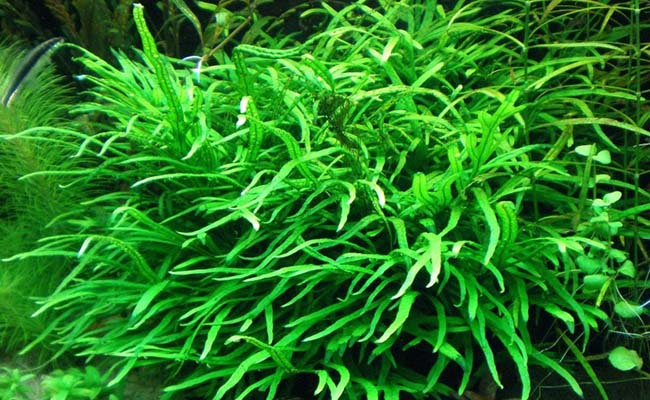 |
Java Fern Growth Features
The Java fern is known for its slow growth rate, thus ensuring that to keep it neat, and it is easy to trim it when needed.
- This plant can flourish in several types of water conditions, ranging from low to high light intensities, and from soft to hard water. Hence, very little maintenance would be required.
- In addition to its adaptable nature, Java fern also has a distinct appearance. Its long and narrow leaves along with its unique rhizome make it an ornamental element of any aquarium.
- A different environment may require you to use it as a background plant or a focal plant that adds depth and texture to the aquascape.
How to Plant Java Fern
If you’re looking to plant java fern in your tank, here are some steps to follow:
1. Start by attaching it to a piece of driftwood or rock using a fishing line or plant glue. Be sure to leave the rhizome exposed to prevent rotting.
2. Next, place the Java Fern in your aquarium, making sure that it is not buried in the substrate. Java Ferns prefer to be tied to objects rather than planted in the substrate.
3. Finally, provide your Java Fern with low to moderate lighting and regular water changes to keep it healthy and thriving in your aquarium
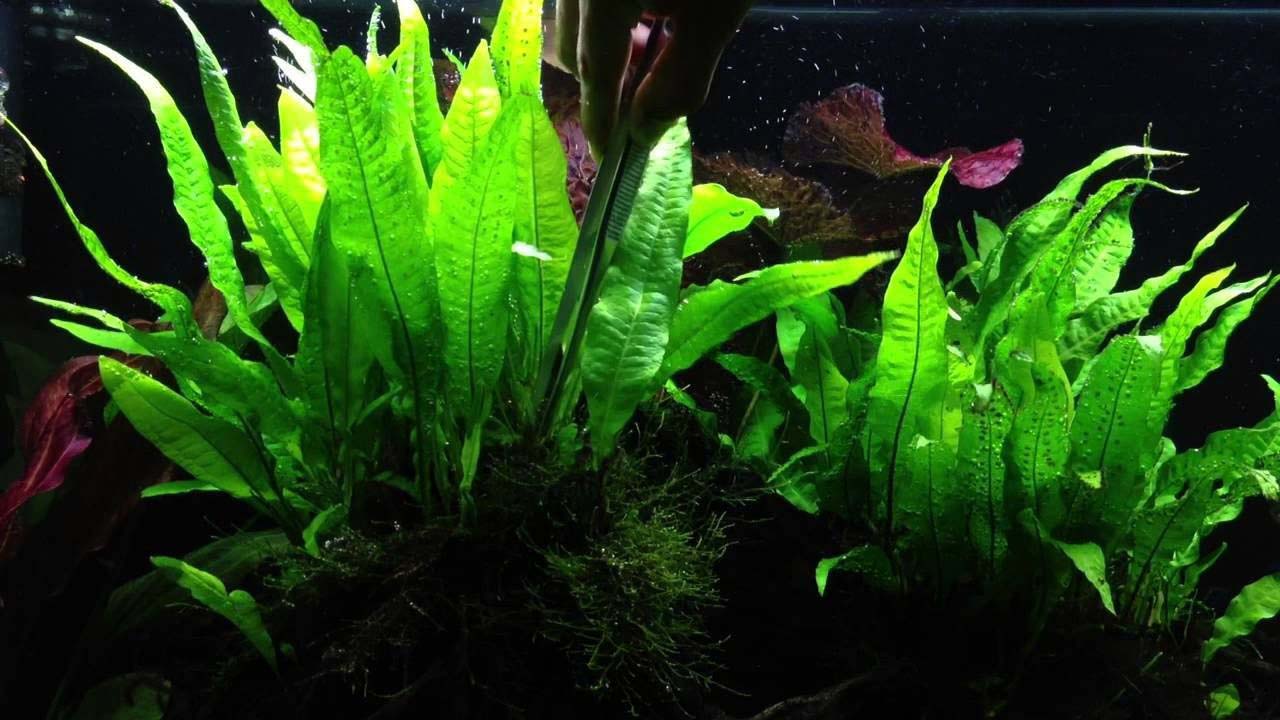
Java Fern Care
When caring for Java fern, it’s important to keep a few key things in mind.
- First, designing a spot with low to moderate light is necessary to avoid yellow leaves that would be a result of too much light.
- Java fern also is an acid-tolerant plant, and it likes water with a pH level in the range of 6-8.2.
- In addition, attaching Java fern to driftwood or rocks could be preferable to planting it in the substrate because the rhizome should not be deep down in the substrate.
Why Black Spots on Java Fern and How to Cure it?
Nutrient deficiency can be the reason behind black spots on the Java Fern. Since Java Fern plants like Potassium. If there is a lack of potassium available, the black spots occur frequently. Moreover, it is most likely a sign that the plant is infected with either a fungus or a bacterial infection. Occasionally, rough handling, high light intensity, or sudden changes in water parameters can damage the fern, leading to black marks on it.
Important to note: Don’t mix the black spots for some tiny brown spots on the underside of the rhizome or new growth. These are baby Java fern plants, and they indicate that your fern is currently in the propagation stage.
Here’s how to cure the black spots on Java Fern:
- To tackle this problem, you can start by removing the infected leaves and spraying the plant with aquarium-friendly antifungal medicine.
- At the same time, keeping the tank clean and well-maintained is also important, as the unhealthy water quality will make the spots appear dark on the leaves too.
- If deficiency is the issue, consider adding a liquid fertilizer rich in potassium.
- Regular water changes (around 25% weekly) help remove excess waste and ensure there are enough dissolved minerals in the water for the plant to absorb.
In some cases, the black spots might be on older leaves that are naturally dying off. You can gently remove these leaves if they become unsightly.
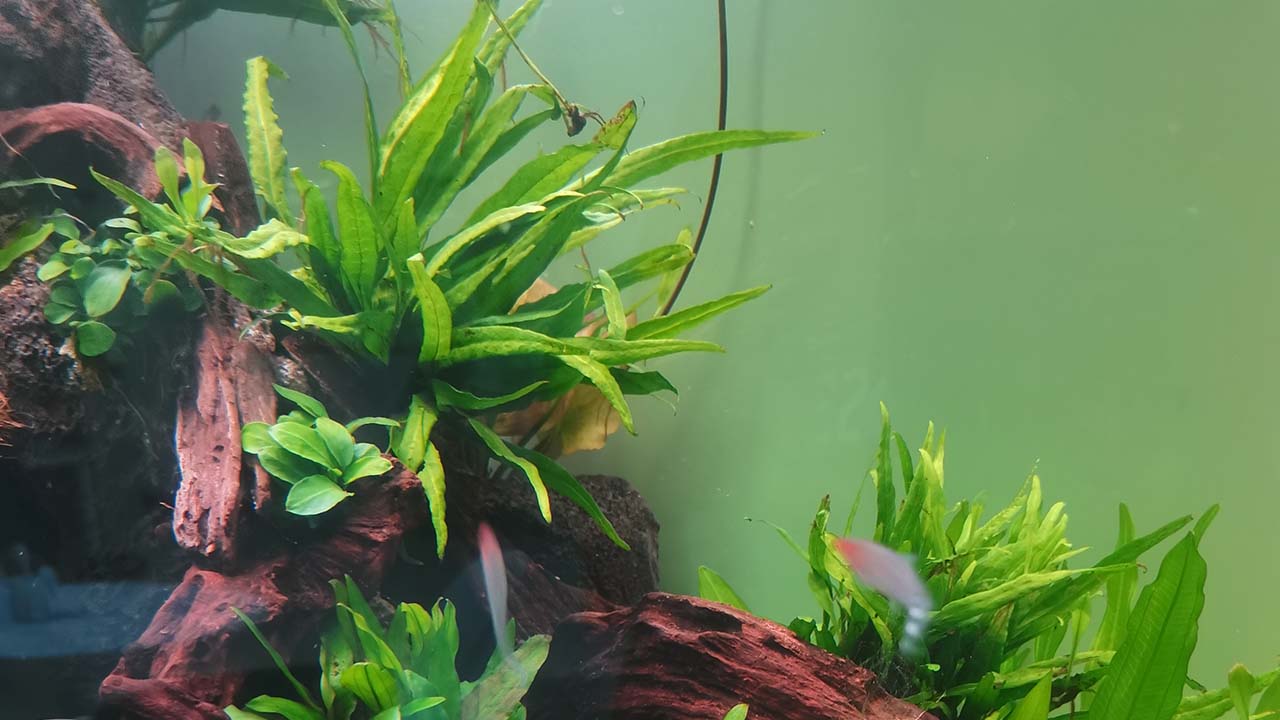
Propagate Java fern
The Java fern’s propagation method is an ideal option to not only expand your tank but also to share some plant love. The method is equally easy to use, and it is effortlessly operated.
- To grow Java fern around, first, pinpoint one healthy and ripe specimen with many leaves.
- Employ sharp scissors to cut off healthy leaves together with the little rhizome.
- Ensure that the plant that you’re cutting has at least a few roots at its base.
- Place the cutting in a separate pot with a new substrate and additional water to constantly keep the soil wet. Such cutting should be left growing till it develops into a new Java fern plant in the end.
- Start your Java fern propagation with a little patience and care, and soon you can enjoy a plant collection that thrives.
The bottom line
Well, the whole article is about the Java Fern plant, which is a staggering addition to any aquarium setup. But adding this plant needs a little care and attention. Above, we have mentioned the detailed guide by which you will be able to keep and grow the Java Fern aquarium plant with ease. But watch out for the black spots that can ruin your entire plant. Timely anticipation can save you from a big impact if you follow the care steps that we have just mentioned in the article.


